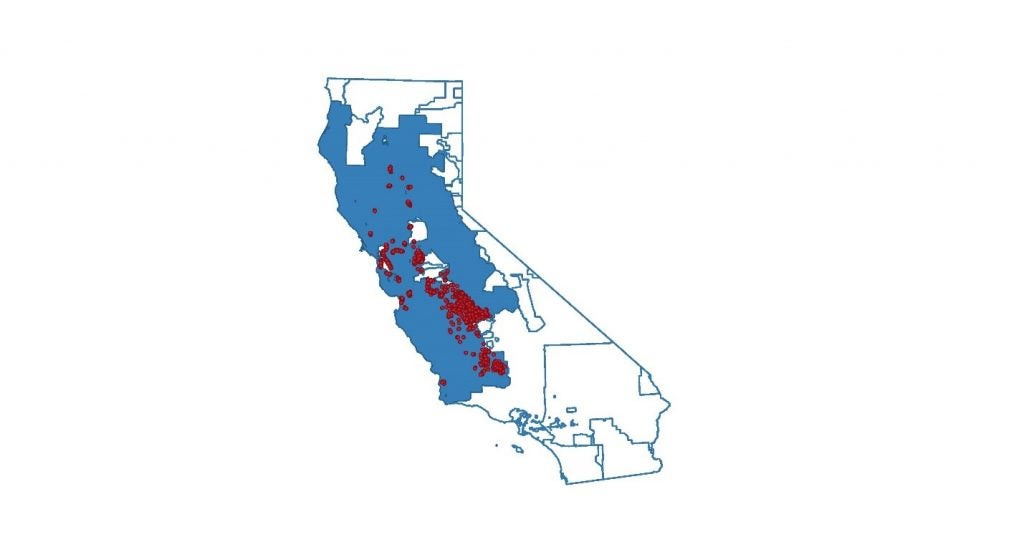New electricity rate will make truck and bus charging cheaper, cleaner in California
 State regulators just approved a first-of-its-kind charging rate for electric trucks and buses in northern California that will make it more affordable for fleet operators to make the switch from diesel to electric.
State regulators just approved a first-of-its-kind charging rate for electric trucks and buses in northern California that will make it more affordable for fleet operators to make the switch from diesel to electric.
This new “dynamic” rate changes on an hourly basis, offering more opportunities for fleet operators to charge their vehicles when electricity is cheap (for example, when the grid is underutilized or when clean electricity is plentiful). In 2019, state regulators authorized Pacific Gas and Electric Company to offer a commercial electric vehicle time of use rate; regulators also directed the utility to request a more dynamic rate option, which is what was just approved. PG&E offering a menu of options tracks with EDF’s recent recommendation that multiple options — to accommodate many different operational use cases — are needed to make commercial vehicle electrification as affordable and clean as possible.
The benefit of a dynamic rate is that it may unlock more cost savings for truck and bus operators. The more they can save on their fuel costs, the lower their total cost of ownership, which in turn, will make it easier to convert from an old dirty vehicle to a cleaner option.
This new rate is now available for commercial electric vehicle customers in the PG&E service territory, covering northern and central California.
New regulations like the Advanced Clean Trucks rule and Governor Newsom’s executive order requiring all new vehicles to be zero-emission over the next 15 years will greatly increase the need for flexible charging rate options statewide.
There are many different types of commercial electric vehicles, from small delivery vans to school buses. Unfortunately, there is no shortage of dirty trucks and buses operating in disadvantaged communities in PG&E’s service territory.

The California Public Utilities Commission identifies several key fleet customer segments and requires PG&E to undertake different marketing, education and outreach strategies, including prioritizing deployment in disadvantaged communities and other vulnerable populations.
Commercial vehicles do not drive uniformly throughout the state; there are transit corridors and warehouses, which create pollution hot spots. California regulators want to utilize these outreach strategies to prioritize certain areas, that will see an outsized impact in improving local air quality and other related health benefits. This newly approved dynamic rate can make charging a commercial electric vehicle more economic to switch from diesel, and concentrating the marketing, education and outreach in these areas will help facilitate this outsized impact.
At the same time that this new rate offers customers savings, it also sends them a price signal to charge at times when the state has excess clean power — a dynamic rate is more granular than a time-of-use rate and better reflects grid conditions. The price to charge will be lower when there are excess renewables on the system and more expensive when there are fewer. Given the way that the California grid is designed, these dynamic rates will help clean renewables displace dirty power, further reducing emissions associated with operating these vehicles.
In December of last year, state regulators approved a dedicated commercial electric vehicle time-of-use rate for customers in the San Diego Gas & Electric service territory. The CPUC directed that utility to also request a “dynamic” rate for its commercial electric vehicle customers, which will happen later this year. Utilities in other states may also want to follow this model of offering a combination of dedicated commercial electric vehicle rates (both time of use rate and dynamic) to help accelerate adoption of electric trucks and buses.
Ultimately, the goal is to make the switch from diesel to electric as affordable as possible for fleet operators within their business operations.
Larissa Koehler and Elizabeth B. Stein contributed to this post










